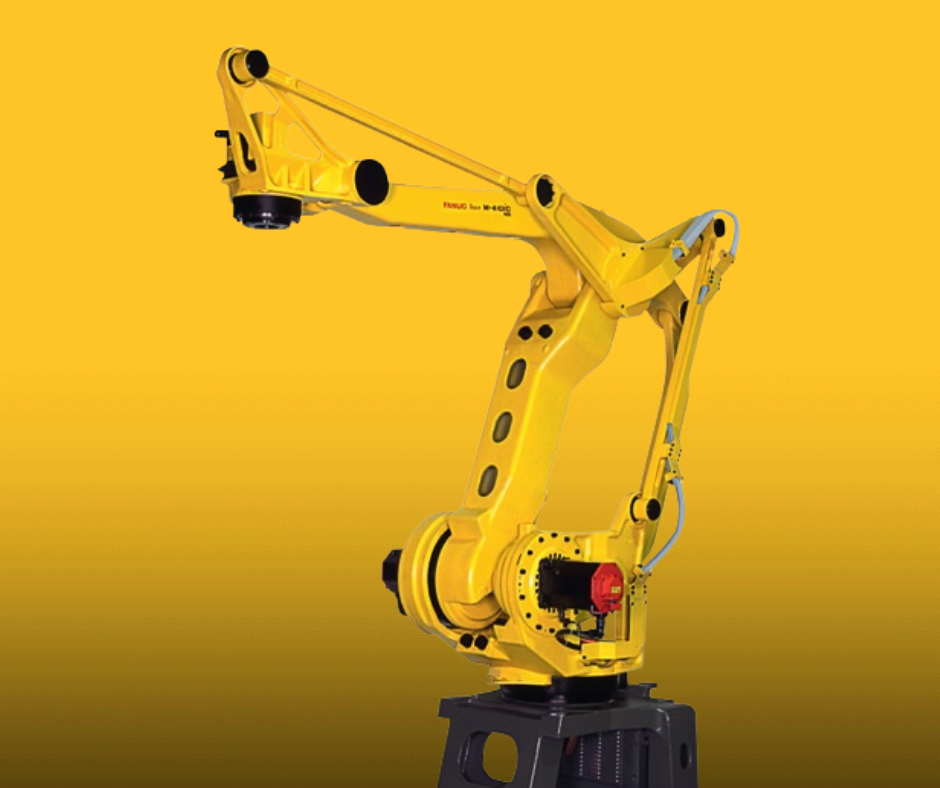The development of robotic arms has revolutionized the manufacturing process, mixing safety, precision efficiency, and other elements that were previously unimaginable. Robot arms are mechanical marvels that have become essential in numerous industries around the globe. They were designed to lower operating costs and keep up with the highest quality standards. When integrating robotic arms in production lines, companies have not only reduced costs but also revolutionizing workplace safety and productivity. Let’s look at how these revolutionary machines are transforming the industrial landscape.
The cost-effectiveness of robotics is driving the adoption of robotic arms across the world. The demands on factories to cut down production errors, waste materials and workplace injuries is never-ending. Robotic arms tackle these issues head-on. Robot arms eliminate costly mistakes and minimize the use of raw materials, because they can perform repetitive tasks more precisely than human beings. For instance, in high-volume industries such as automotive manufacturing, robotic arms are able to perform exact welding and part placement to ensure perfect assembly each time. This quality of work can result in significant savings, as fewer defective parts mean less work and wasted.

Image credit: automatedsolutions.com.au
Safety is another important factor in the development of robot arms. Numerous manufacturing jobs like working with hazardous materials or using machines that are heavy pose a risk to human workers. Utilizing robot arms, enterprises can take workers away from potential danger zones. This reduces the risk of injury at work. A robotic arm, designed as a kinematic chain of movable joints, mimics the functionality of a human arm but operates without the risk of physical harm. They are equipped with robotic hands, or end-effectors that can be programmed. They are able to perform tasks such as grasping, spinning, and welding in conditions that could make it unsafe for human beings.
The versatility of robotic arms make them a game changer in diverse industries. Robot arms are adaptable to various tasks. From automotive assembly to electronics production. The programming capabilities of these robotic arms allows them to execute complicated tasks such as painting or applying fiberglass with an unparalleled quality of consistency. Robotic arms in warehousing have revolutionized palletizing by automating the load of goods onto pallets. Automation not only increases efficiency however, it also improves reliability because robot arms are able to operate without a lot of fatigue.
The rise of cobots (collaborative robots) that work with human employees is one of the most thrilling innovations in this field. As opposed to traditional industrial machines that are limited to isolated cells, the cobots that are equipped with robotic arms have been designed to allow safe, seamless interaction with humans. The robotic hand of a cobot can be utilized to complete routine tasks like heavy lifting in factories, which means that workers can be freed to perform more demanding duties. This collaboration increases productivity as well as ensures a safe workplace, since cobots can be programmed to change or stop their movement when a person is near.
The impact of robotic arms goes far beyond safety and efficacy to the very fabric of manufacturing today. They are indispensable to industries that require high accuracy in tasks like welding, assembly or material handling. In the automotive industry for instance the robot arm is able to rotate and place components in assembly to ensure that they are aligned perfectly without the need for human intervention. Robot arms are also employed in electronics to care for delicate components. This reduces damage, and increases output quality.
As industries continue to evolve with the advancement of technology, the need for robotic arms will only grow. They’re an integral part of manufacturing’s future due to their capacity to cut costs, increase safety and adapt to different tasks. Combining cutting-edge technology and human ingenuity robot arms aren’t just tools. They’re partners driving innovation, transforming how we create our world.